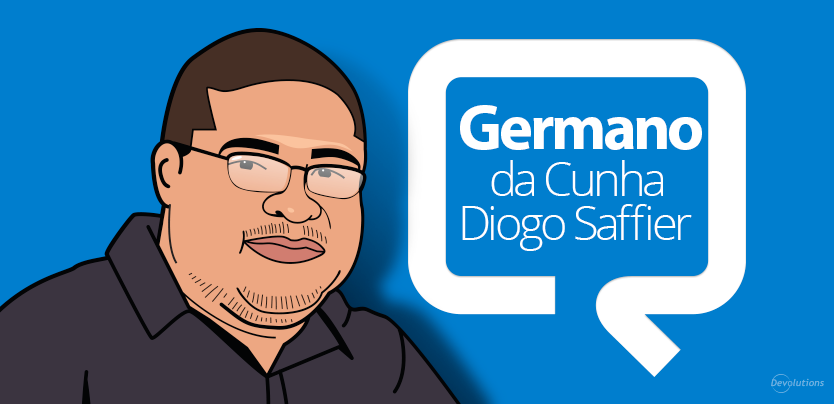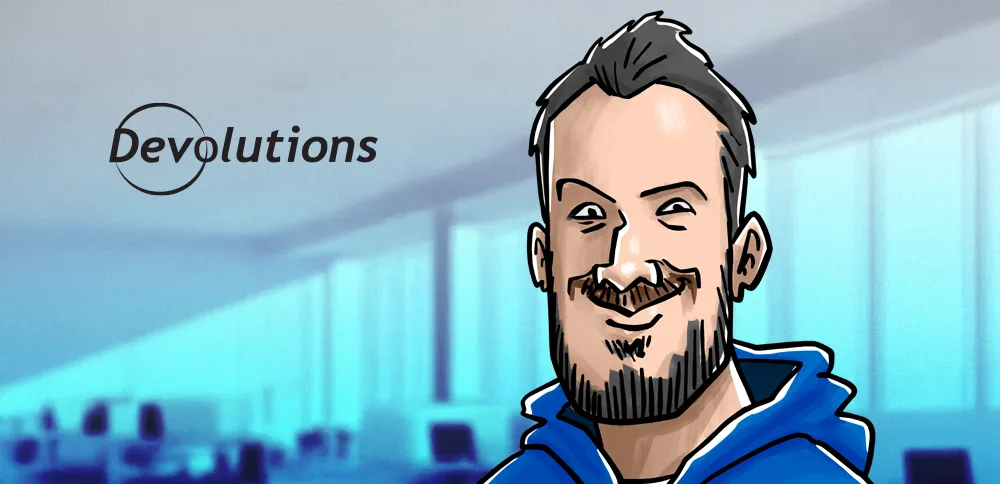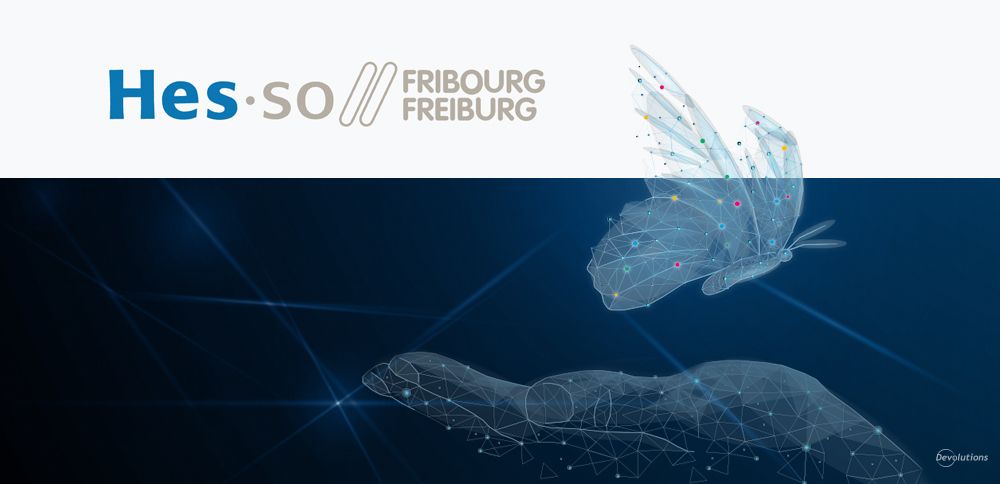“I am proud to say that RDM is the only tool that we now use to centralize RDP, SSH and VNC”. - Germano Saffier, IT Architect
Germano da Cunha Diogo Saffier is an experienced IT Architect who we are proud to have in our community. Recently, we spoke with Germano to learn more about how he is using Remote Desktop Manager (RDM) to control the IT chaos in his world. Here’s a look at our discussion:
Please share a little about your organization and team.
Our company creates software for organizations in the credit cooperative sector. We serve all customer segments, including B2B, B2C and B2B2C. We have about 300 employees at our headquarters in Porto Alegre, RS, Brazil, and about 5000 employees all around Brazil. One of our IT architecture team is comprised of 12 architects and we also have an IT infrastructure team composed of 22 specialists. Together, we manage about 600 servers, almost the company’s 5000 employee’s machines and other devices.
Can you share some of the challenges and frustrations you experienced prior to using Remote Desktop Manager?
While we experienced several challenges prior to adopting RDM in 2014, three in particular stood out as the most frustrating:
There was no standard way to capture information for each device, which meant that each administrator created their own informal system. As you might expect, many would forget to update their local database, which meant that during critical moments they didn’t have the information they needed.
Security was also a concern. We had to undergo a time consuming and tedious logistics process for each password cycle change, and we lacked a reliable and efficient way to ensure that only certain individuals or roles had the appropriate permission settings.
Lastly, we had to manage multiple tools, which was a huge administrative burden. For example, there was one tool for remote connections, one tool for SSH, and one tool for passwords. Administrators within the same team also wanted a way to securely share connection information between them
Did you try addressing these problems with tools other than Remote Desktop Manager? If so, what was that experience like?
We tried using tools that were provided by operating system manufacturers, which were rather archaic and limited. We also tried other options too – both free and paid — but without much success due to lack of security, excessive slowness, and features that were promised but didn't work. In addition, the paid versions were expensive.
We realized that we had to find a more secure, single solution that would be much less of an administrative burden. That’s when we discovered Remote Desktop Manager, and I am proud to say that RDM is the only tool that we now use to centralize RDP, SSH and VNC.
Now that you have been using Remote Desktop Manager for quite some time, what features do you find the most useful and why?
There are several things about RDM that we are very pleased with. Here are some of our favorite features:
We really like the credential management function, and how we can apply different credentials to various types of connections based on what we need. Being able to make batch edits, such as applying security levels, is also a great feature that saves us a lot of time and effort.
The sub-connection options are also very impressive. For example, we can have the functionality open in a server session — usually on a web page or in some other management tool like Hyper-V Manager or VMWare — which helps us quickly and accurately identify the details of each server.
I mentioned the security already, but it’s worth talking about more because it’s so important. With RDM, we can centralize passwords and connections in one place, set granular level permissions, and conduct security audits to see who is doing what. It’s very fast and easy, and there are a variety of options.
Have you experienced any big wins because of Remote Desktop Manager?
RDM has also definitely helped us improve productivity. In the past, there was always someone who didn’t have the credential data they needed to access a server. Now, that is no longer an excuse! Also, we are saving a massive amount of time doing the initial setup for each administrator, and the process of installing additional tools and updating new connections has become ridiculously fast and standardized.
At the same time, thanks to smart caching, network outages or even sites that are temporarily disconnected from the database no longer reduce productivity. Everyone can keep working, which is a big win for us since we support so many machines and users.
What would you say is the single biggest reason you would recommend Remote Desktop Manager?
I can’t pick just one, but will highlight the things that impress us the most about RDM, and could be helpful to others. These include: centralized management, security audit trail access and permissions for users and groups, being able to extend RDM’s functionality by integrating other tools, and incredible ease-of-use regardless of the quantity and type of managed servers.




